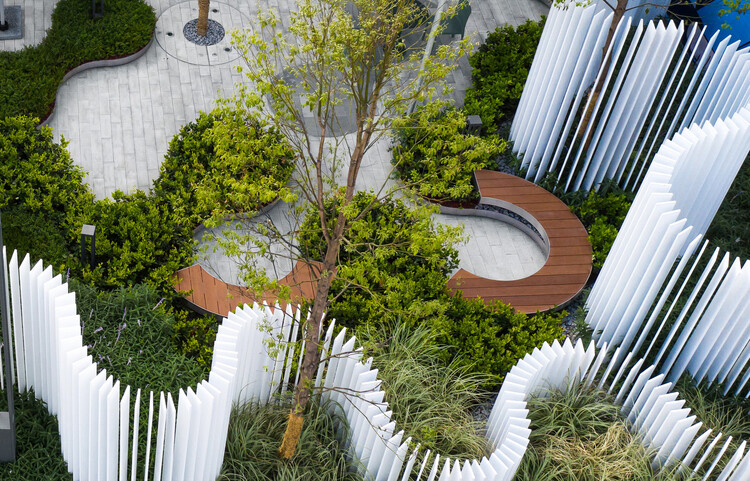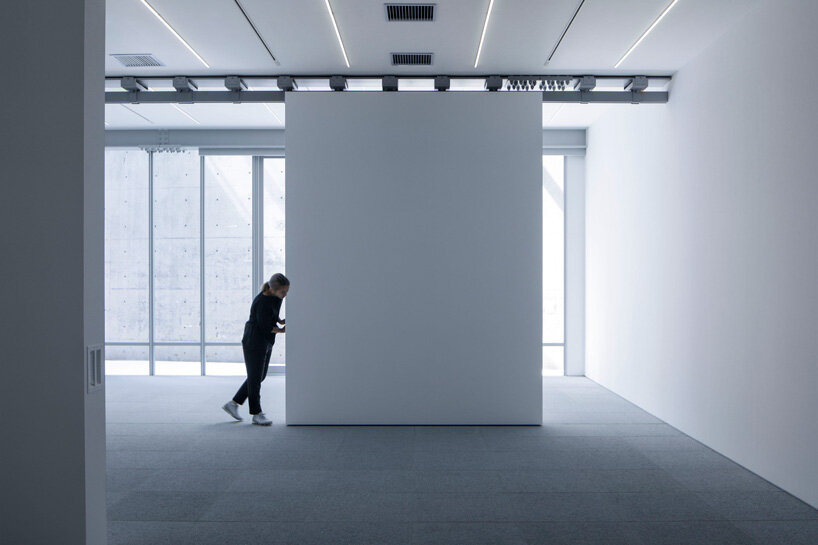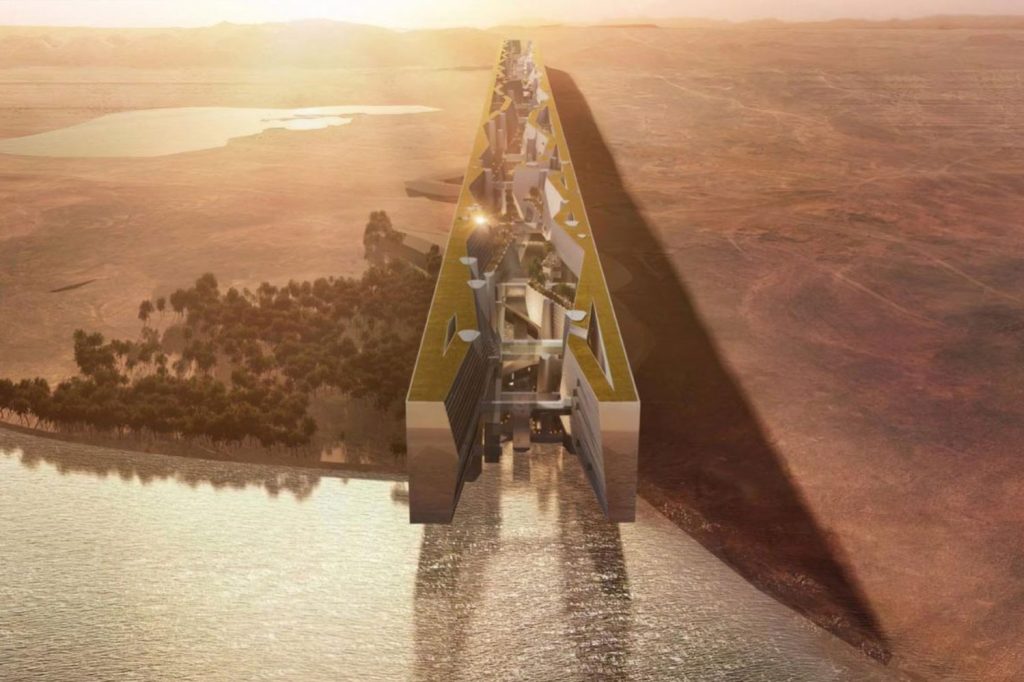Landscape architecture is the practice of designing, and planning large ecosystems — natural and artificial. Landscape architecture design borrows heavily from the disciplines of art, environmental sciences, architecture, engineering, psychology, botany, and sociology, among others. Seldom, people confuse landscape architecture as a glorified gardening method. However, a landscape architect isn’t necessarily restricted to outdoor spaces. It is a segment of urban design which incorporates elements present both indoors and outdoors to form a sustainable environment. The job of a landscape architect is not simply to design a site, but it also entails city planning, frameworks, and collaborations with the government to ensure a ‘better and livable’ place for all.
What Does Landscape Architecture Comprise?
Landscape architecture may be seen as a custodian of an environment. While they do indeed design outdoor spaces, they also preserve the environment to strike a healthy balance between nature and its dwellers. Landscape architecture becomes imperative for public welfare, especially at a time when the global population is burdened by climate change, poor air quality, and mental health issues. It has been proven that art therapy alleviates the risk of mental health, and believe it or not, so does landscape architecture.
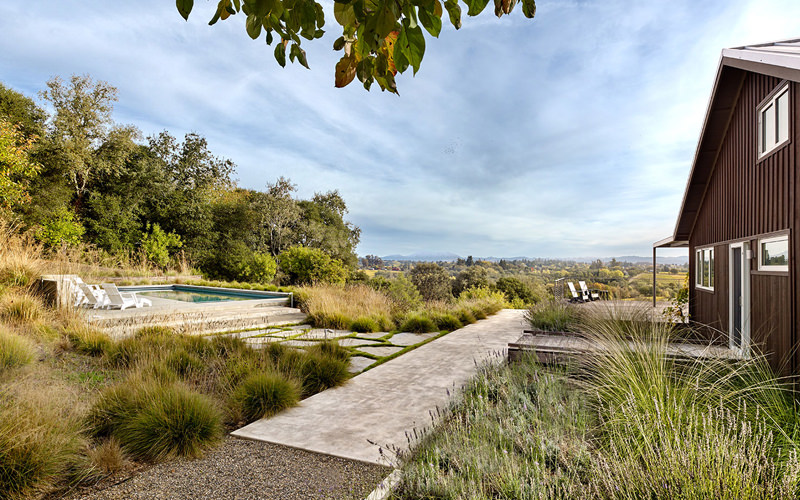
The role of landscape architecture accounts for both the beautification and functionality of the environment. A great environmental landscape architecture assists in air purification, energy efficiency, restoring habitats, and contributing to a better socio-economic space. Residential landscape architecture embraces certain plant varieties (spider plant, conifers, ficus, aloe vera) to control the pollutant levels to effectively reduce the temperature of the space. If you were to look at commercial landscape architecture, you would notice numerous ‘pocket parks’ to shield you from the sun and noise.
Garden vs Landscape
While landscape architects are often commissioned to build gardens, there lies a huge difference between gardens and landscapes. A garden is a small area, often intensively cultivated. On the contrary, a landscape denotes a vast space, inclusive of public parks, urban areas, campuses, residential areas, and more. Despite their scale, they receive the same treatment by landscape architects. Depending on the tone, the desired mood, and the preferred design, the architecture landscape plans change. It also affects the ratio of natural and artificial elements. The natural elements incorporate shrubs, bushes, flowers, ponds, and rocks. The man-made components embrace decks, gazebos, pavements, fences, and more.
Applied Landscape Architecture
Public landscape architecture is perhaps the easiest to recognise, courtesy of the widespread public parks and green belts. However, the discourse is not limited. There are several types of landscape architecture, including but not limited to the following.
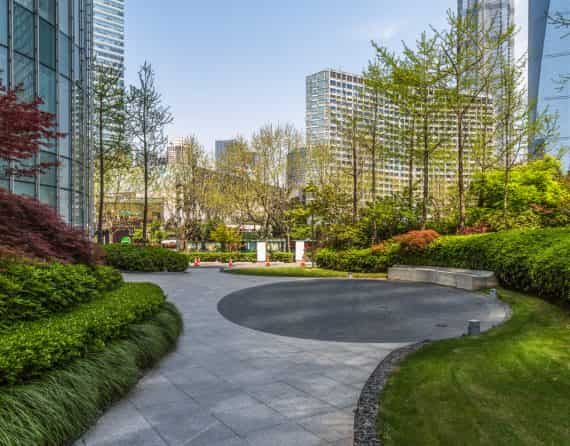
- Public parks, gardens, and grounds
- Meadows and golf course
- Rooftop, private or community gardens
- Site designing for flood or drought protection
- Historic or heritage conservation, restoration, and protection
- Waterfront improvement projects
Elements Of Landscape Architecture
Since landscape architecture is technically an art form, it might not come as a surprise that it also shares many elements from 7 elements of art. Let us discuss some of the significant elements.
Colour
The use of colour in softscapes (foliage and flowers) and hardscapes (stones and concrete) can create a therapeutic environment. The use of colours has a profound effect on the psyche. Cool colours (green, blue) recede into the background while warm tones (red, yellows) make for a vibrant space. However, one must be extremely careful when planning a particular plant variety as the seasons may have drastic effects on the plant’s leaves’ colors.
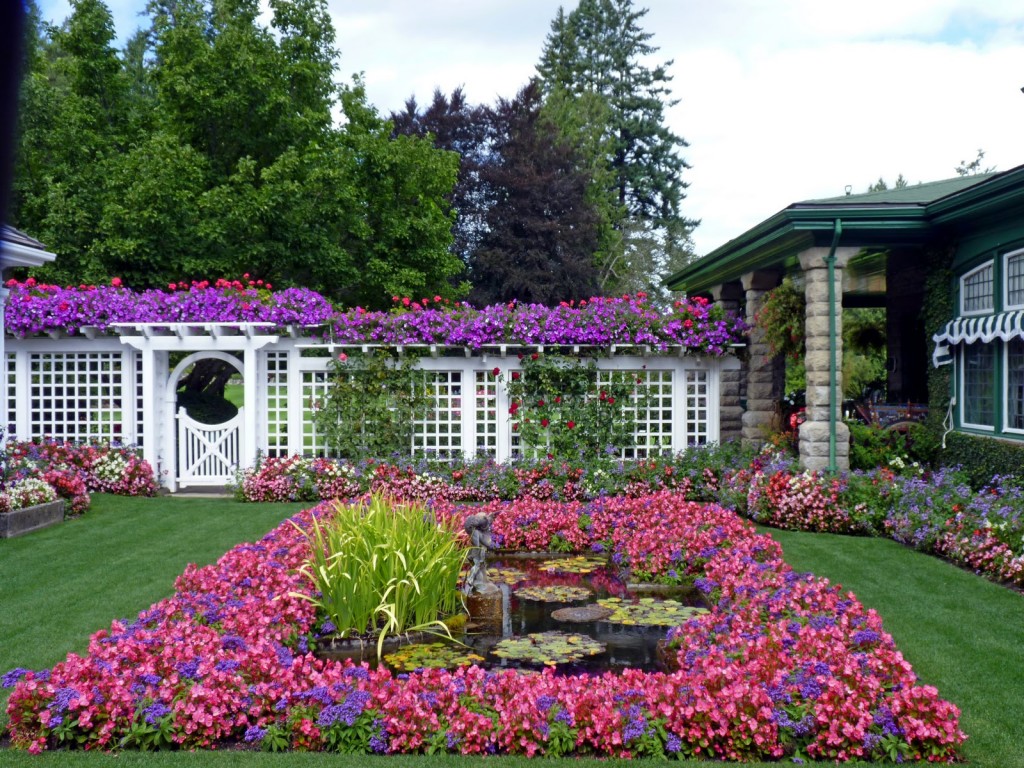
Line
The use of varied lines is the guiding rule for a design in landscape architecture. It may be as simple as cycleways or as complex as a rooftop farm design. There are two kinds of lines. Real lines (vertical, horizontal, and curvilinear) are created using walkways and trees. Implied or imaginary lines are created through the arrangement of softscape and hardscape.
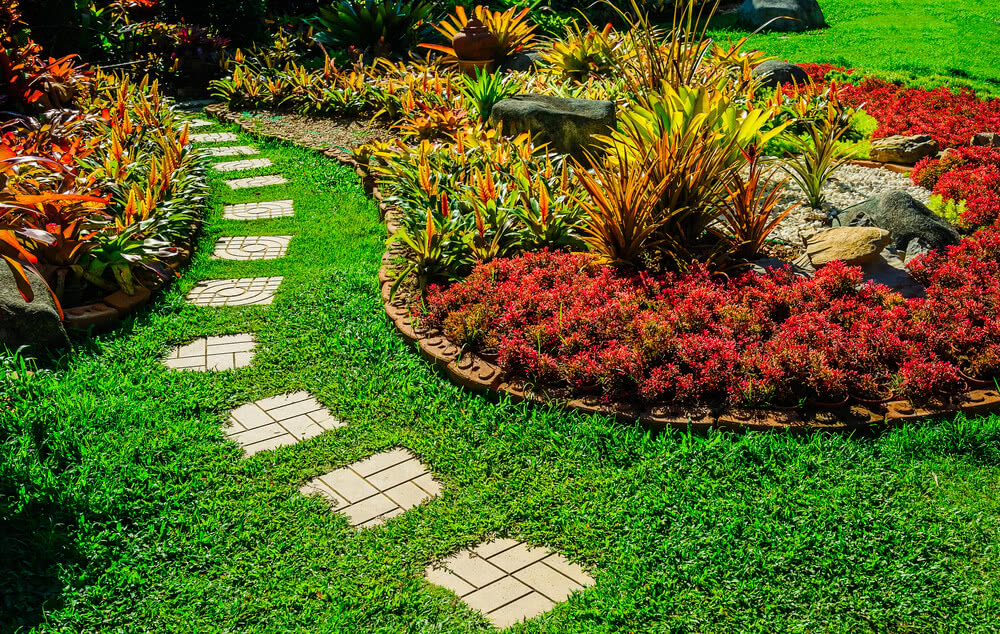
Form
The form of the softscape and the hardscape dictate the space. For public landscape architecture, diverse forms become an aesthetic norm, while for commercial landscape architecture, the forms need to be functional first. Form governs whether the plants would be upright, drooping, or spreading. It also dictates whether they are to be grouped or spread throughout the urban space. Grouped foliage essentially connotes wilderness and the lack of space, thus contemporary landscape architecture mostly relies on spreading them at equal distances, especially in commercial landscape architecture to create a sense of uniformity.
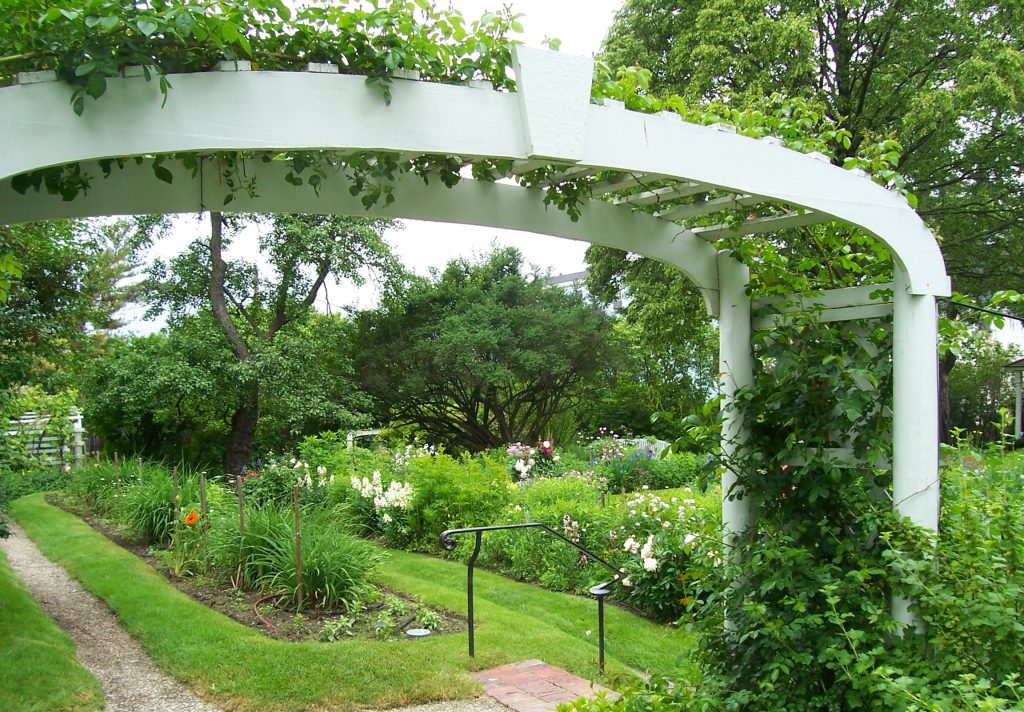
Scale
The use of varied heights and widths in the landscape enhances the design composition of the space. The use of varied lengths assists in transition (abrupt or smooth). The scale in the landscape architecture plan helps in complementing the surrounding structures which in turn creates a harmonious environment with the coexistence of artificial and natural.
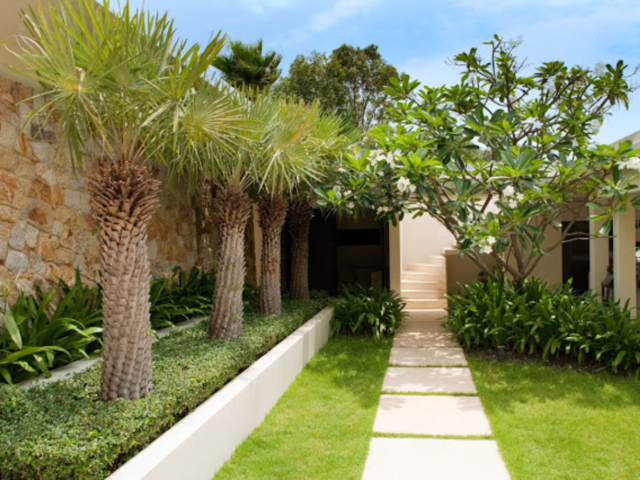
Texture
Texture creates interest in landscape architecture. It connotes the coarseness or heaviness of the foliage, twigs, barks, rocks, and more. In a landscape architecture plan, there are three significant textures – coarse, fine, and medium. Using only one texture creates a rather dull environment. The use of texture keeps things dynamic and is inviting to the audience. Texture also assists in transition, and helps the architect maneuver the eyes of the viewers from component to component.
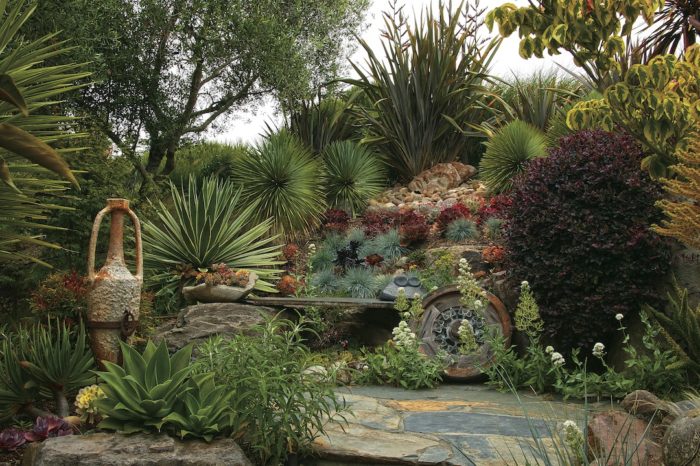
Image Courtesy – ArchDaily

